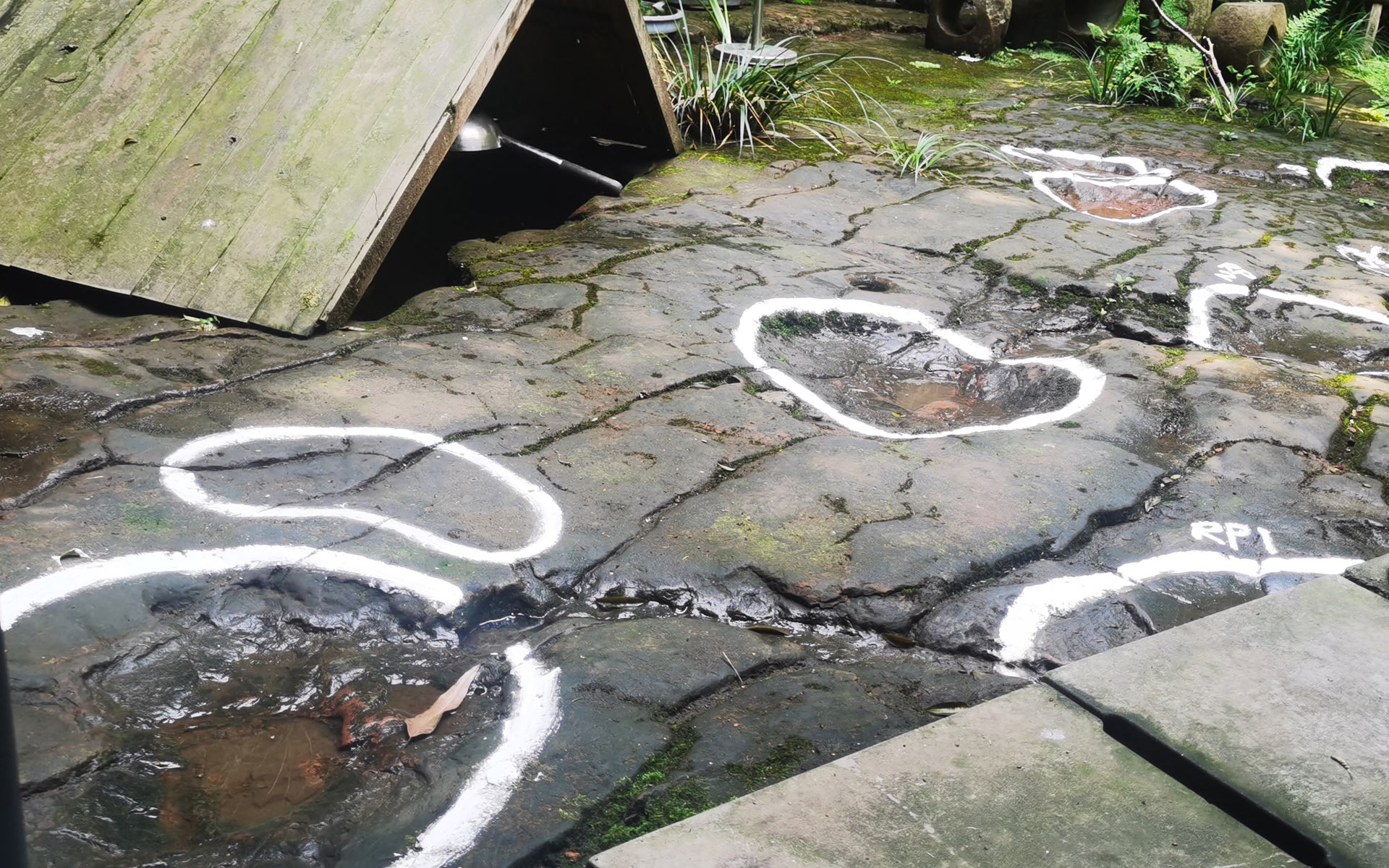Groundbreaking Discovery: Dinosaur Highway Unearthed in Oxfordshire
A worker excavating clay in a limestone quarry in southern England made a groundbreaking discovery when they spotted peculiar ridges. This led to the unearthing of a “dinosaur highway” containing nearly 200 preserved dinosaur tracks dating back 166 million years, researchers revealed on Thursday.
The Discovery at Dewars Farm Quarry
The remarkable find took place at Dewars Farm Quarry in Oxfordshire, where over 100 team members embarked on an excavation last June. Researchers from the Universities of Oxford and Birmingham described this astonishing discovery as a major advancement in understanding the Middle Jurassic period, significantly building on earlier paleontological efforts in the region.
A Glimpse into the Jurassic Era
“These footprints provide an incredible glimpse into the lives of dinosaurs,” said Kirsty Edgar, a micropaleontology professor at the University of Birmingham. “They reveal fascinating details about how these creatures moved, interacted, and the tropical environment they called home.”
The dinosaur tracks include four sets left by massive, long-necked herbivores known as sauropods, specifically likely belonging to the Cetiosaurus species—dinosaurs that could grow up to 60 feet in length. Additionally, a fifth set of tracks has been attributed to the Megalosaurus, a formidable predator that stretched 30 feet long. The distinct triple-clawed footprints of the Megalosaurus stand out; this dinosaur holds the historical significance of being the first-ever dinosaur to be scientifically named nearly 200 years ago.
Intriguing Interactions Captured
What makes this discovery even more captivating is a section of the site featuring intersecting tracks, sparking intrigue about potential interactions between the herbivores and the carnivorous Megalosaurus.
“While Megalosaurus has been studied longer than any other dinosaur, this discovery shows that there’s still more to uncover about these creatures,” said Emma Nicholls, a vertebrate paleontologist at the Oxford University Museum of Natural History.
Building on Previous Findings
This site builds on an earlier significant discovery nearly 30 years ago in another Oxfordshire limestone quarry, where 40 sets of dinosaur tracks were found. That initial site was once considered one of the most significant dinosaur track locations globally, although it is now mostly inaccessible. Additionally, the original discovery lacked the benefit of modern technology, with limited photographic evidence available since it predated digital cameras and drones.
Modern Technology Enhances Documentation
In sharp contrast, the team working at the new site this summer documented their findings extensively. They captured over 20,000 digital images and created 3D models of the prints using drones. These records will be invaluable for future research, shedding light on the dinosaurs’ sizes, walking patterns, and even their speeds.
“The detail of preservation is stunning. We can see precisely how the mud warped and shifted as the dinosaurs walked across it,” explained Duncan Murdock, an earth scientist at the Oxford Museum of Natural History. “By combining these prints with fossil evidence, such as burrows, shells, and plants, we can vividly reconstruct the muddy lagoon these dinosaurs inhabited.”
A Glorious Future for Paleontology
This exciting discovery promises not only to enhance the scientific community’s understanding of the Middle Jurassic period but also has educational and public engagement potential. The findings will be showcased in a new exhibit at the Oxford University Museum of Natural History and will also be highlighted in an upcoming episode of the BBC’s “Digging for Britain” program next week.
Implications for Science and Education
The discovery of a “dinosaur highway” of such significance serves as a reminder of the rich prehistoric history beneath our feet and how modern paleontological methods can unearth and preserve these stories for future generations. The collaboration between universities and the commitment to rigorous documentation reflects a promising trend in the field of paleontology that emphasizes both discovery and accessibility.
Conclusion
The recent excavation at Dewars Farm Quarry not only uncovers the past but also stirs the imagination about the lives of dinosaurs that roamed the earth millions of years ago. As researchers continue to analyze the extensive data collected, they are poised to reveal more insights into the anatomy, behavior, and ecosystems of these magnificent creatures. Hence, the story of the dinosaurs continues to unfold, one footprint at a time.
